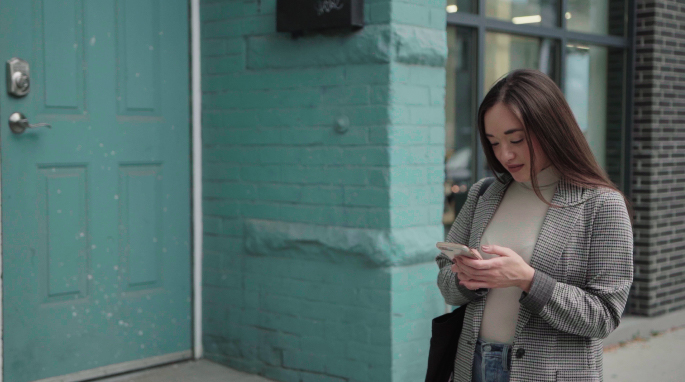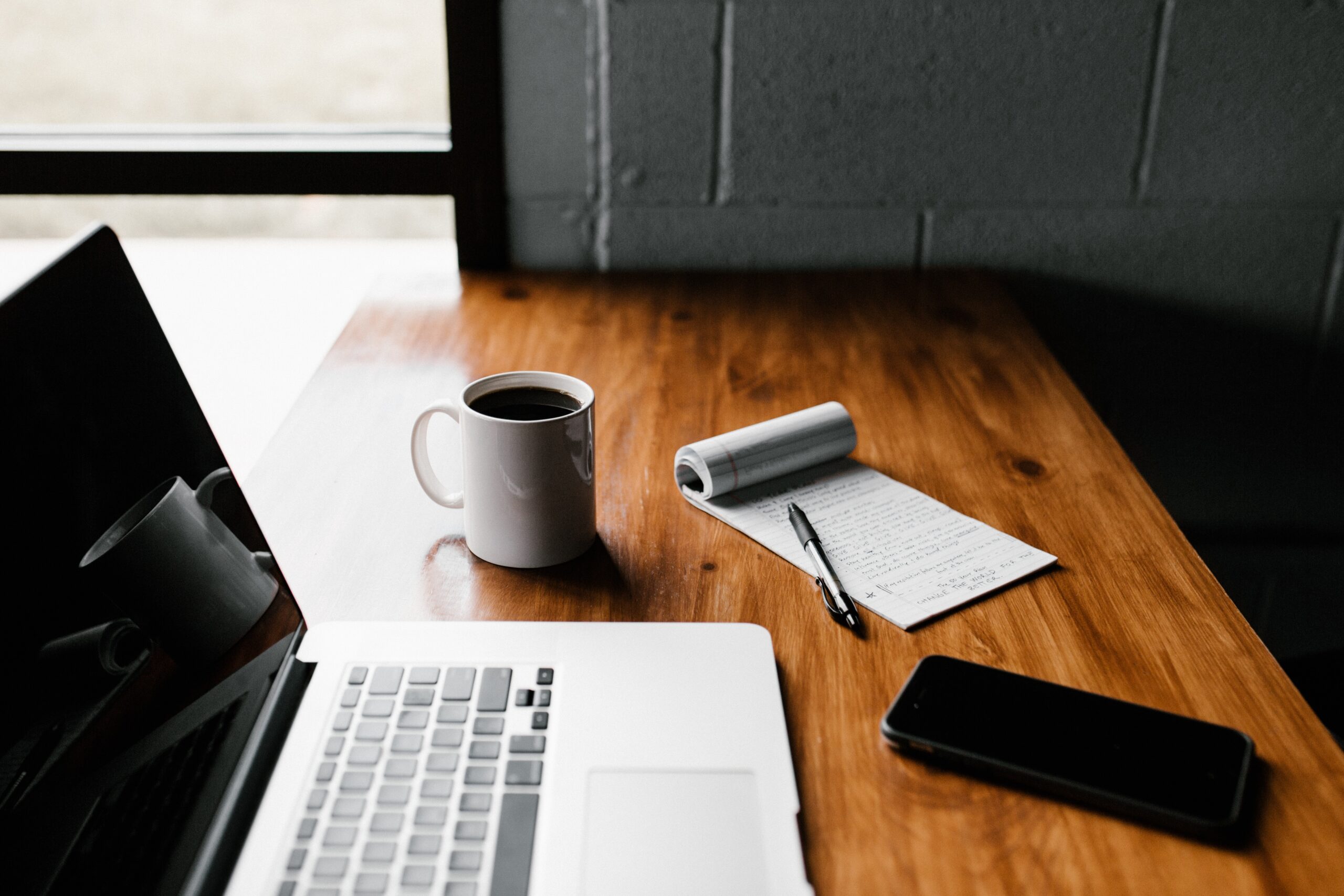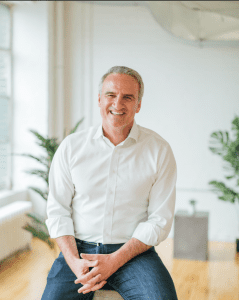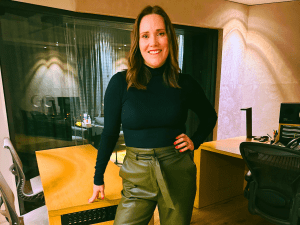[vc_row][vc_column][vc_column_text]
The post-COVID-19 work week is going to be different, but that doesn’t have to be a bad thing.
[/vc_column_text][vc_separator color=”black”][vc_column_text]At the beginning of quarantine, and possibly now, people were struggling to adjust to the new normal of working from home. Days turned into weeks and then to months. By now it probably feels as though every room in your home has been your office at some point in time.
Justin Raymond, founder of Flexday, says that while working from home for so long was unexpected, it opened new doors to how a workplace could function.
“In the past, when offices have been created, there was a mandate to get to the office and be with your team and make sure your manager sees you,” he said. “Now there’s a whole new level of trust that’s being created because of employee’s health and safety. What’s important to their life—not just their work—their actual life, is being valued much more.”
The end of cubicle culture


As provinces reopen, companies are trying to figure out how to create a work environment that’s safe and productive. For some tech giants, this meant getting rid of their reliance on office space.
Last month, Twitter announced that employees had the option to work from home indefinitely. Soon after, Shopify introduced a ‘digital by default’ model dedicated to allowing employees to work from wherever they want. Should your company follow suit?
Maybe—it depends on the structure of your company. The office might seem like a better set up compared to working from your kitchen island, but there is another option.
Now, employers and employees should consider the benefits of ‘the third workspace’.
Flexible options for companies and employees
A place where employees can work from that’s neither the office or at home, the third workspace allows for a change of scenery which can help with creativity and productivity, while alleviating stress and commute times.
“Giving people a variety of places to go can recharge them. It can re-energize them, cure loneliness, and allow them to be around other people,” said Raymond. “It can spark new cognitive behaviour rather than continually forcing people to try to work in the same environment.”
The third workspace can look like coffee shops or libraries, but sometimes it’s a struggle to find a seat—especially near an outlet— and you get stuck hopping from one place to another. That’s where Flexday comes in.


Flexday is an app that works with local businesses to provide users with an abundance of workspace options that aren’t Starbucks. Spaces are equipped with wifi and unlimited coffee, and allow you to think in a new environment while networking with fellow remote-working peers.
Where to go from here
Showing up to work used to be the norm, and then work from home became the new normal. In a post-COVID-19 world, Raymond predicts that companies will be more lenient and allow for third workspaces to continue to grow.
“The home is great for a little bit of work, but it can be very stressful. It can have a lot of tension in it and long hours there can create isolation and mental health challenges,” he said. “So I think the future is all about new options, close to home, avoiding the commute, and letting people work in their neighbourhoods.”
Arguably every company is considering what work will look like in the months to come. Considering a work place away from the office could be the best course of action that combines safety, productivity and putting mental health first.
The idea of utilizing the third workspace on a company-wide level might seem far-fetched right now, but at one point in time, so did having everyone work from home.[/vc_column_text][/vc_column][/vc_row]













